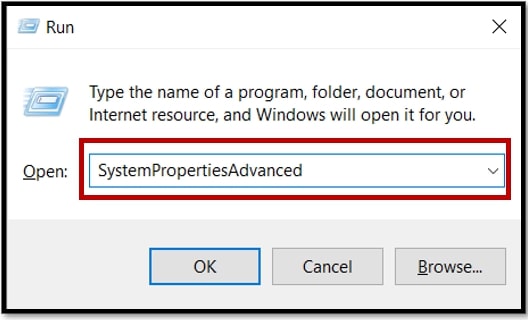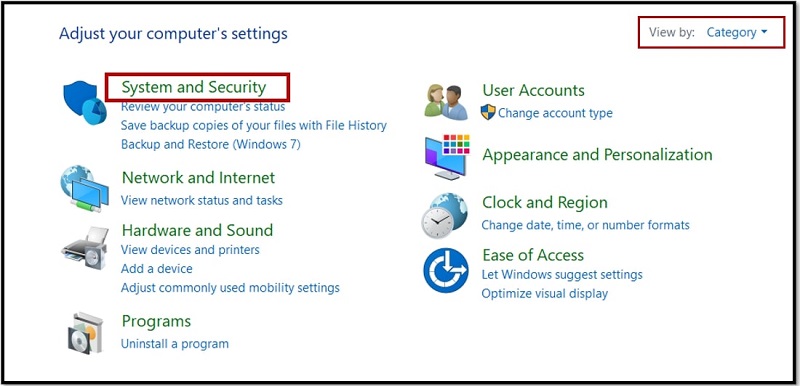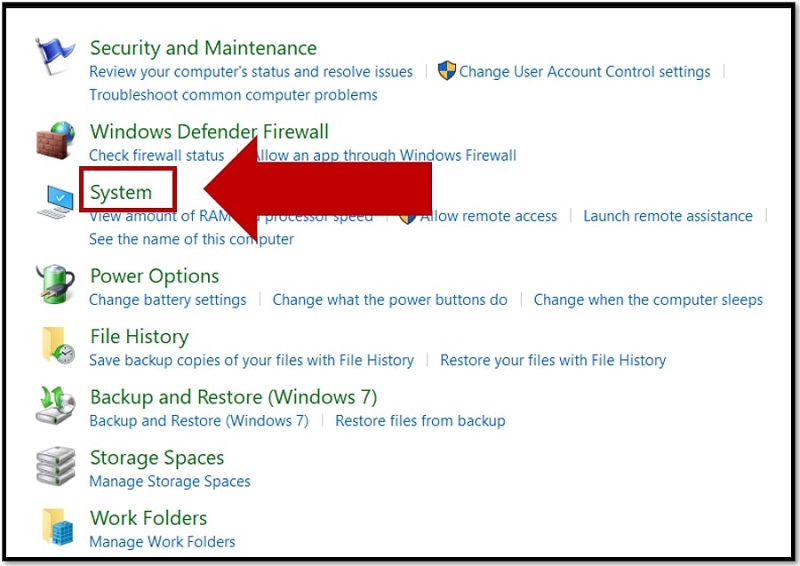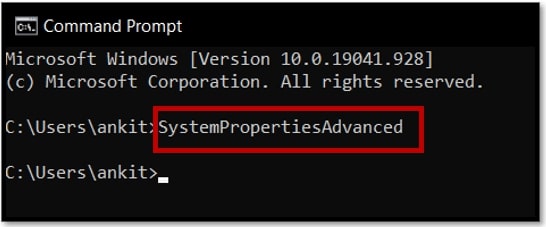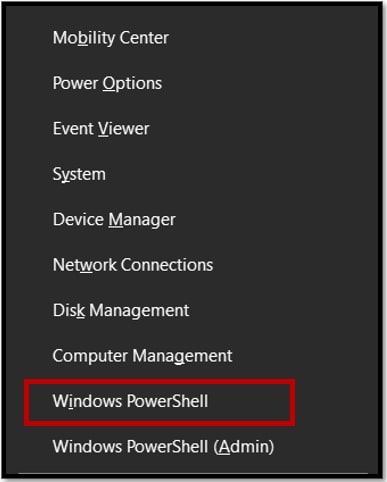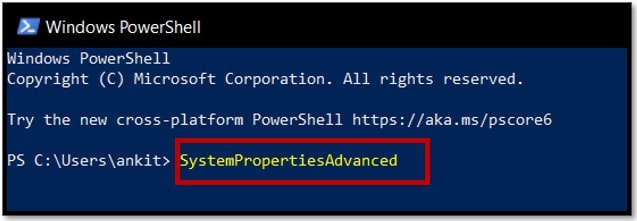The Advanced system properties allows you to configure many things ranging from performance to user profiles, startups to environmental variables. While these settings don’t necessarily need changes, and one should only perform if they have a good knowledge of what they are doing, understanding them will surely help you regulate Windows when need be.
This guide will acquaint you with all the methods to open Advanced System Setting in Windows 10.
What Is Advanced System Properties in Windows 10?
As mentioned earlier, Advanced System Properties allows you to configure your Windows machine in the way you want it to be. Most of the settings are pre-configured and works in the way that it meant to be; still, given the specific needs of a user, these settings allow them to perform numerous things to suit their requirements.
Here’s what you need to know about the Advanced System Properties:
Performance:
Clicking on the Settings in the Performance box will enable you to tweak modifications to Visual Effects, Programs, Background Services, and the Data Execution Protection options.
- Visual Effects: Initially, you will find that the preset option is—Let Windows choose what’s best for my computer—which in itself is excellent. But if you expect more in terms of performance, you can select the Adjust for Performance option and get the best of Windows in terms of performance. Likewise, you can also choose to Adjust for appearance.
- Background services: By default, Windows gives the same priority to all the tasks, and changing the values will let you choose which programs should get more than others.
- Data Execution Prevention: It is system-level protection and enables you to allow one or more memory pages as non-executable. For instance, when a demanding code tries to run with a page you protected, it will receive a memory violation status. By default, “essential Windows programs and services only” have this feature enabled, but you can go ahead and change it to all “programs and services except those I select.”
User Profiles:
The User profile allows you to copy profile configurations of one user to another within the home user environment; it also enables you to make changes to roaming profiles.
Startup and Recovery Settings:
These settings have various tools like Startup Repair, System Restore, etc, that allow you to change the time that the menu displays—changing this, you can choose how much time Windows should take when specific errors (like Blue Screen of Death) occur before booting itself. This feature comes in handy in recovering Windows from a serious error.
Environmental Variables: These are ‘pointers’ to specific items and includes information like the path of the temp folders, location to crucial folders, etc. You can get a list of all variables by typing cmd /k (two spaces in between) in the run window.
Note: These settings are pre-configured to give you the best of Windows, do not modify these if you do not have a viable reason, especially if you do not have a good idea of what you are doing.
Method 1. Open Advanced System Settings in Windows 10 via Searching
The simplest way to access anything in Windows 10 is by searching; the same holds in this case too. Here’s how to open Advanced system settings on Windows 10:
- Hover to the Search menu.
- Type Advanced System Settings.
- Once the search result gets loaded, you will see the top recommendation: View Advanced System Settings.
- Navigate and click on it to open.
Method 2. Open Advanced System Settings in Windows 10 via Run Window
The Run command line enables users to open a file quickly if they know the full path (given that the file is present in the Windows directory).
Here’s how to go to Advanced System Settings in Windows 10 using the Run window:
- Press Win+R (Windows logo plus R hotkeys) at once to open the Run box.
- Type SystemPropertiesAdvanced and click on OK.
Method 3. Open Advanced System Settings in Windows 10 via Control Panel
Initially, the Control Panel is what houses the advanced system setting. However, unlike other methods to open Advanced system settings in Windows 10; however, this requires more steps (simple ones, though).
Here’s how to access it:
Step 1. Hover to the Search menu.
Step 2. Type in the Control Panel and click on the matched result to open it.
Step 3. Under Adjust your Computer’s Settings, Click on the first option: System and Security.
Step 4. From the right menu, select the System option.
Step 5. From the list of options on the left menu, choose the last one, Advanced system settings.
Read More: How to Open Control Panel in Windows 10
Method 4. Open Advanced System Settings in Windows 10 Using Command Prompt
Command Prompt is another command-line interpreter that you can employ to perform administrative functions.
Follow these three-step instructions to access advanced system setting in Windows 10:
- Navigate to the Search menu.
- Type in command prompt or simply cmd and press Enter.
- Type SystemPropertiesAdvanced and press Enter to execute it.
As you press Enter, the advanced system setting tab will open up.
Read More: How to Open Command Prompt in Windows 10
Method 5. Open Advanced System Settings in Windows 10 Using PowerShell
Another way to open the Advanced system setting in Windows 10 is by using PowerShell, i.e., an advanced version of the command prompt. Yes, the process is similar to that of the command prompt.
Here’s how to go to advanced system settings in Windows 10:
Step 1. Press Win+X (windows logo plus X hotkeys) at once.
Step 2. Click on Windows PowerShell from the list of options (Powershell will do, you do not need to access Windows PowerShell (Admin)).
Step 3. Type in SystemPropertiesAdvanced and press Enter.
As soon as you execute the command, you will get access to the advanced system setting in Windows 10.
Conclusion
You can also create a shortcut in Windows 10 to open the Advanced system settings quickly: from your desktop, Right-click>New>Shortcut and type SystemPropertiesAdvanced.exe and then click on Next.
As you’ve seen, there are plenty of methods to open Advanced System Settings in Windows 10; you can employ any of these and quickly access it. But remember to be careful while modifying something in the Advanced System Properties Panel.

